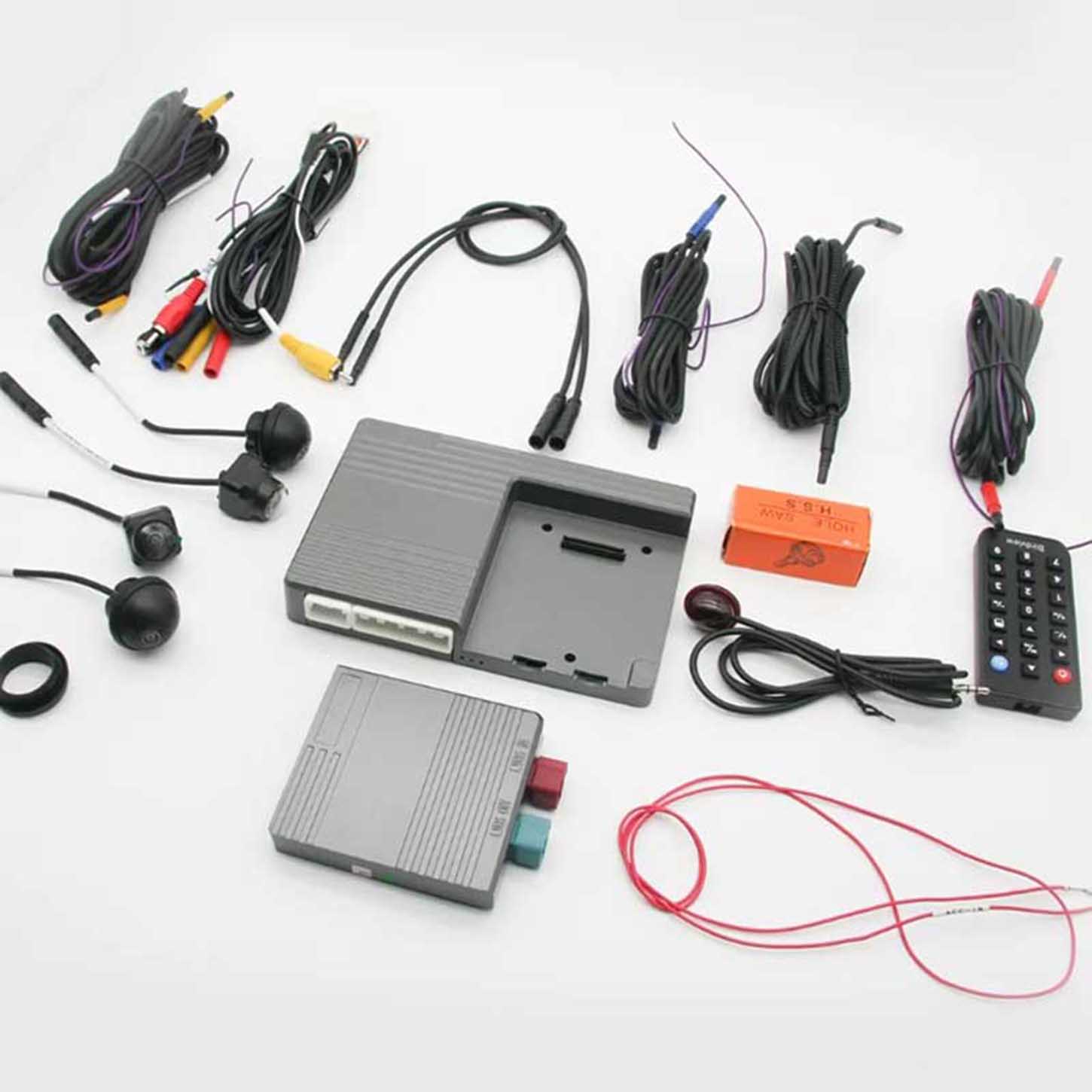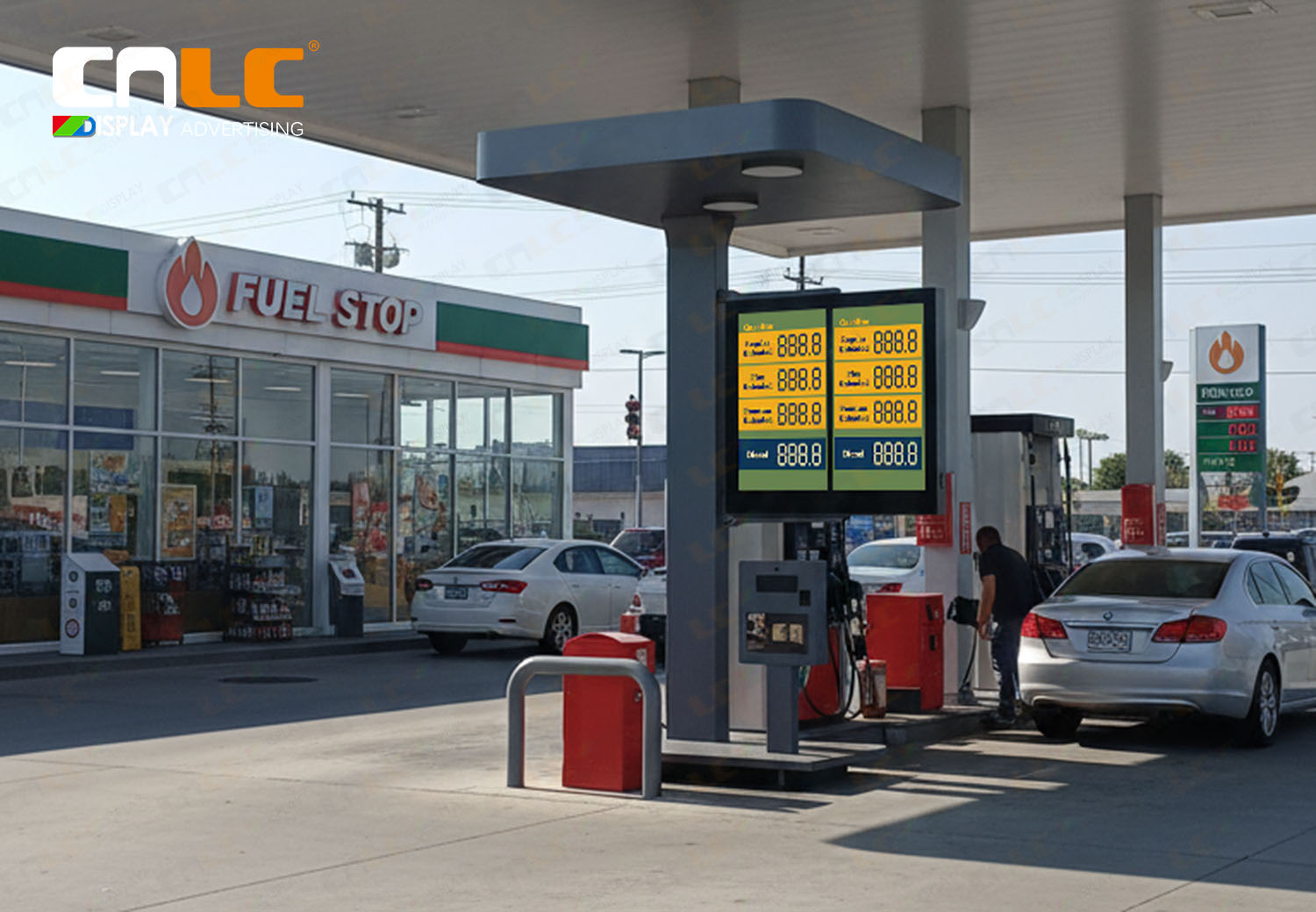In radio frequency (RF) design, impedance is one of the most critical concepts. It directly affects signal transmission efficiency, matching between circuits, and system stability. Without proper impedance matching, RF systems may experience significant signal reflection, increased insertion loss, and even cause damage to components. This article provides a detailed explanation of impedance and its role in RF design.
What is Impedance?
Impedance (Z) is the total opposition encountered by alternating current (AC) in a circuit, including both resistance (R) and reactance (X). It can be expressed as:
Z=R+jX
- Resistance (R): Represents the energy consumed by the circuit.
- Reactance (X): Related to capacitors and inductors, describing how they affect current and voltage in an AC environment.
At RF frequencies, impedance is not simply resistance; the reactive component becomes more significant.
Impedance Matching in RF Systems
In RF design, impedance matching ensures maximum power transfer between the source and the load. According to transmission line theory, only when the source impedance, transmission line impedance, and load impedance are equal can maximum energy transfer occur.
-
Matched condition:
where is the characteristic impedance of the transmission line, commonly 50Ω in RF systems.
If impedance is not matched, part of the signal is reflected back to the source, forming standing waves, measured by the Voltage Standing Wave Ratio (VSWR).
-
Perfect match: VSWR = 1
-
Poor match: VSWR > 1, indicating reflection and loss.
Impedance Control Methods
To achieve impedance matching, engineers often use:
-
Matching networks – Using LC circuits or transformers to adjust the load impedance.
-
Quarter-wave transformers – Adjusting impedance by using transmission line segments with specific lengths.
-
Smith Chart – A graphical tool to visualize and solve impedance problems.
The Importance of Impedance in RF Design
-
Improves power transmission efficiency – Ensures the maximum signal reaches the load.
-
Reduces reflection and loss – Guarantees signal integrity.
-
Improves system reliability – Avoids overheating or damage due to reflection.
-
Supports broadband design – Stable impedance across wide frequency bands ensures better performance.


